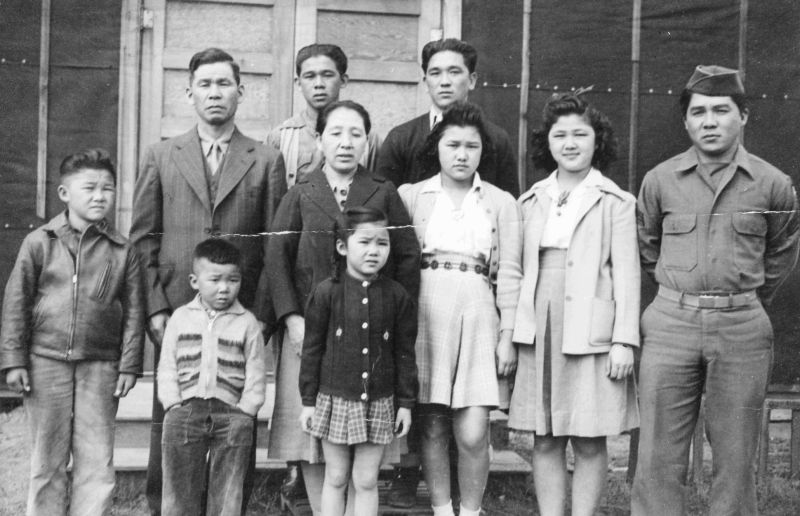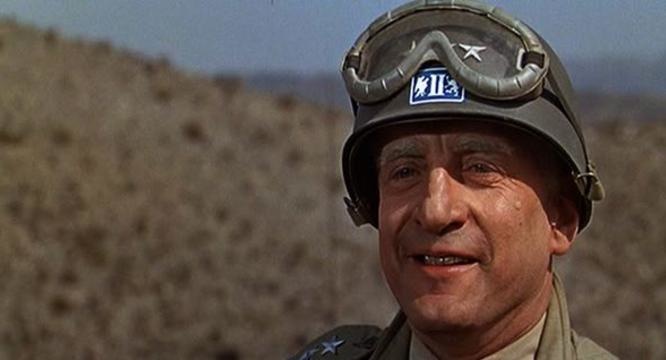I’ve been asking anyone I know, beyond a certain age, if they remember this real character. I recently came upon a Narratively article that caught me up on the now 89 year old Investigator. I went on to buy his 1976 autobiography.
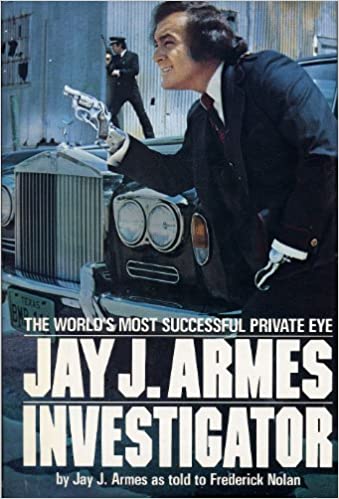
Jay J. Armes was a big deal when we were kids. He built up his own legend by taking on and quickly cracking tough cases with a unique guaranteed-results policy. I don’t remember knowing about him, but I probably did. How many private eyes have their own action figure??
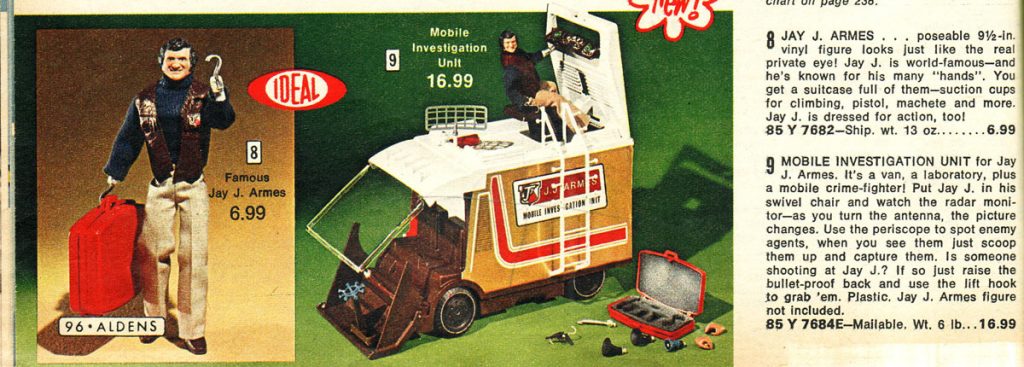
The action figure came with a case which had multiple interchangeable ‘hand’ attachments. Armes lost both hands to a recreational explosives accident as a young teen. He became adept at using surgically articulated hooks, from doing up shirt buttons to mastering all manner of firearms. The hooks actually confer some advantages in certain situations, like in a first fight or to break out a window. Armes really does have some options for attachments, including high quality prosthetics for ‘dress’ use, and one of the hook models has a single shot pistol for the ultimate quick draw.
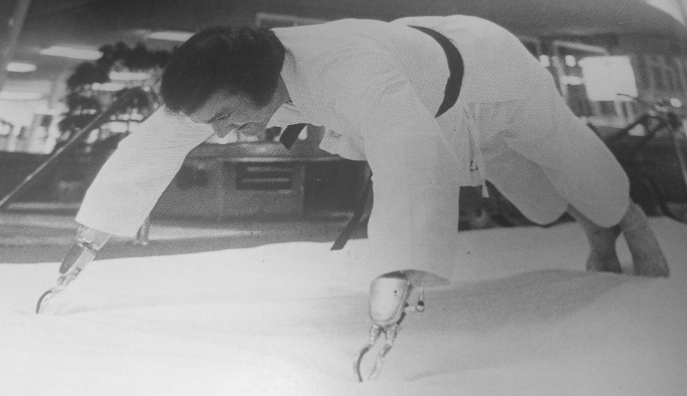
Armes is known, among these many other things, for an elaborate home compound including a lake, zoo, gymnasium, helipad, and basement shooting range (with programmable moving targets – in the 70s!). An accessory to the action figure combined some of Armes’ home and office scenes.

This article is meant to be a book review, so let me get to a hearty recommendation of this read. It’s a blast. Frederick Nolan lays on plenty of Chandler-worthy prose while Armes lends and endless supply of truth-is-stranger-than-fiction real life stories.
I didn’t plan to lay awake nights fretting over that. Cathy Chandler had just proved that I couldn’t trust her an inch, and I told her so. I also told her that I intended to keep her handcuffed until we were back in the United States.
The lady was from New Mexico and she was beautiful. Cat-green eyes, honey-blond hair and the kind of figure that Raymond Chandler once said would make a bishop want to kick a hole in a stained glass window. She was a former New York model, twenty-nine years of age, and her husband was the Onion King of America.
The biographical parts of the book are consistently self-promoting, as one should expect from the auto- variety. The stories are well varied. Most of the recollections detail a type of investigating that is that is all at once thorough, fast, and non-confrontational (as much as possible on all counts). I will spoil just one story.
A somewhat wealthy older American woman reported a theft of a large jewel collection. Her father had worked for DeBeers for many years, and so he had accumulated an outsized collection of fine stones and settings for a working man. She would not accuse family, but Armes narrowed his focus quickly (after a long set of interviews and background checks) on a granddaughter who was studying abroad.
Armes posed as a gem broker, case chained to his claw, and arranged to have a chance encounter, dropping the name of an uncontactable mutual acquaintance, with the young woman. After a pleasant luncheon he offered to take her out to the finest place in Paris for dinner, the kind of place for which one dresses up and wears the best accessories. Naturally the lady donned a new dress and decorated herself with the best of the stolen gems, ready to ask her new friend about getting them graded and if he knew who could re-cut them.
At dinner Armes ticked off each piece against the list he was given. He presented his real credentials to the girl. She gave up immediately, having been caught stone cold, in the middle of a fine restaurant, and having little recourse. They retrieved the rest of the diamonds, went back to the U.S. together, and no charges were ever filed.
You can read plenty more about Jay J. Armes if you want. He has been featured in a complete set of American magazines and newspapers and received numerous awards in his field.
Is Jay J. Armes for Real? Texas Monthly, 1976
Jay J. Armes still solving cases at 88, says it keeps him young KTSM
A look back on Jay J. Armes’ favorite investigations of all time KTSM

